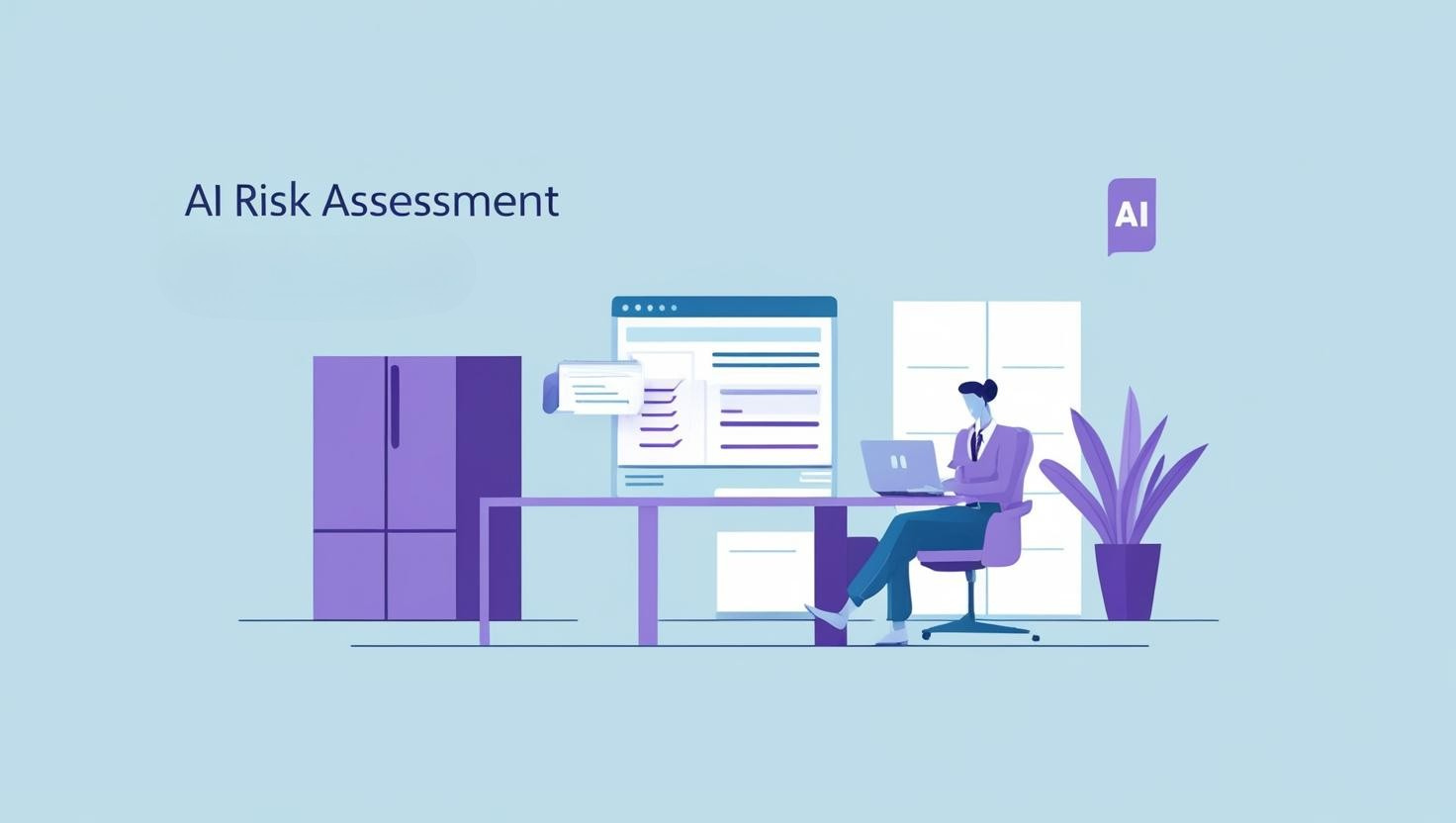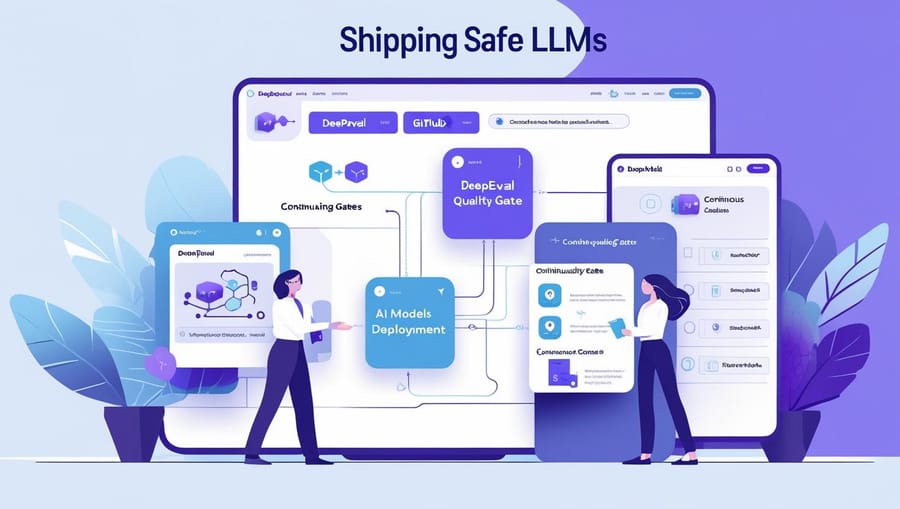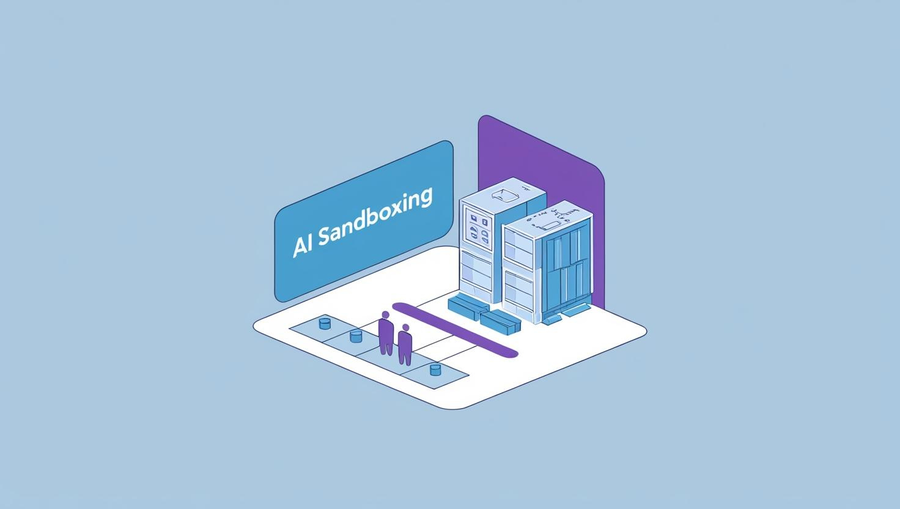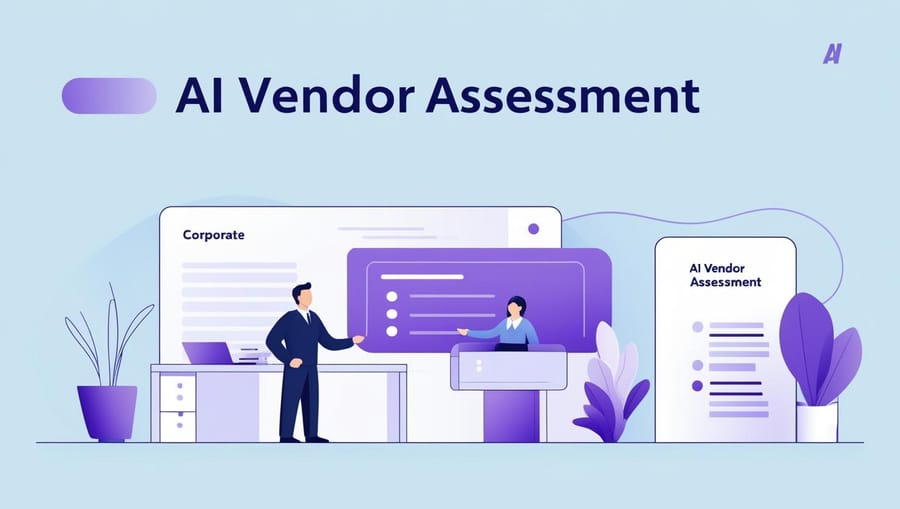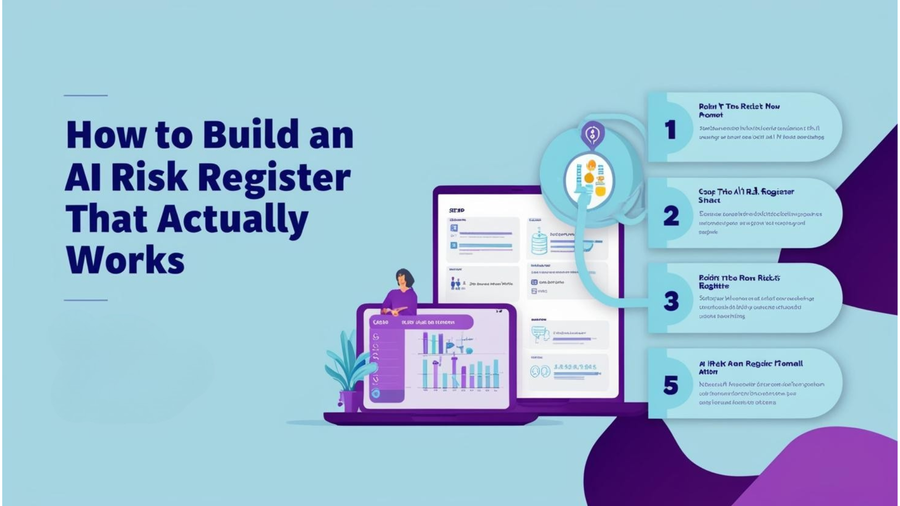AI’s Promise vs. Its Risks: Why Risk Assessment Matters
AI is revolutionizing industries—from automating financial decisions to enhancing healthcare diagnostics—but it is not without risks. Biased models, security vulnerabilities, and unpredictable AI failures can lead to serious consequences, including legal repercussions and reputational damage. A 2023 report by Gartner predicted that 30% of AI models will fail due to bias, security gaps, or governance weaknesses if not properly monitored.
With regulations like the EU AI Act, NIST AI Risk Management Framework (AI RMF), and ISO 42001 pushing for stronger AI oversight, enterprises must establish robust AI risk assessment frameworks to identify, mitigate, and prevent AI failures before they cause harm.
1. Understanding AI Risks: The Top Failure Points
AI systems fail due to a combination of technical, ethical, and operational factors. Common risks include:
1.1 Bias & Discrimination in AI Models
AI models trained on biased datasets can reinforce discrimination in areas like hiring, credit lending, and healthcare.
🔹 Example: A hiring AI system used by a major tech company was found to favor male candidates over female applicants due to biased historical data.
🔹 Mitigation: Implement bias audits, diverse training datasets, and fairness monitoring tools such as IBM AI Fairness 360.
1.2 AI Model Drift & Performance Degradation
Over time, AI models can lose accuracy as data patterns evolve (e.g., market shifts, behavioral changes).
🔹 Example: A retail AI pricing model failed after COVID-19 disrupted consumer spending habits, leading to incorrect demand forecasts.
🔹 Mitigation: Implement continuous monitoring and automated retraining to adapt models to new data trends.
1.3 Explainability & Black-Box AI Risks
Many deep-learning models function as black boxes, making it difficult to understand why a decision was made.
🔹 Example: AI-driven credit scoring systems often deny loans without clear explanations, violating consumer protection laws. 🔹 Mitigation: Use Explainable AI (XAI) techniques like SHAP and LIME to make AI decisions interpretable and auditable.
1.4 AI Security Threats & Adversarial Attacks
AI systems are vulnerable to hacking, data poisoning, and adversarial manipulation.
🔹 Example: In 2021, researchers tricked an AI-powered self-driving car into misreading stop signs, posing serious safety concerns.
🔹 Mitigation: Deploy adversarial training, cybersecurity audits, and AI model security frameworks.
1.5 AI Compliance & Regulatory Failures
Failing to meet GDPR, CCPA, or the EU AI Act requirements can result in fines, lawsuits, and restricted AI use.
🔹 Example: A facial recognition company faced a $10M GDPR fine for collecting biometric data without consent.
🔹 Mitigation: Implement AI governance frameworks and ensure AI models comply with privacy laws.
2. AI Risk Assessment Frameworks: How to Identify Failures
A structured AI risk assessment framework helps organizations proactively detect, evaluate, and mitigate risks before they cause damage.
Step 1: Establish AI Risk Categories
🔹 Operational Risks – AI model failures, scalability issues, and data drift.
🔹 Ethical Risks – Bias, discrimination, and fairness concerns.
🔹 Security Risks – Cyber threats, adversarial attacks, and data leaks.
🔹 Regulatory Risks – Non-compliance with AI laws and governance policies.
Step 2: Conduct AI Risk Audits & Testing
✅ Bias & Fairness Testing – Use AI fairness tools to check for discrimination.
✅ Explainability & Transparency Audits – Ensure AI decisions can be interpreted by humans.
✅ AI Security Testing – Implement penetration testing and adversarial attack simulations.
✅ Compliance Checks – Align AI models with EU AI Act, NIST AI RMF, and ISO 42001 standards.
🔹 Example: Banks using AI for loan approvals conduct quarterly risk audits to ensure AI remains unbiased and explainable.
Step 3: Implement Continuous AI Monitoring
Real-time monitoring helps detect AI failures before they escalate: ✅ AI Drift Detection – Track model performance over time to detect accuracy drops.
✅ AI Decision Logging – Record AI-generated decisions for transparency and audits.
✅ Incident Reporting Systems – Create an internal mechanism for reporting AI errors.
🔹 Example: Healthcare AI systems use drift monitoring to ensure AI-based diagnoses remain aligned with current medical standards.
3. How to Mitigate AI System Failures
1. Implement Human-in-the-Loop (HITL) AI Governance
AI should not operate without human oversight, especially in high-risk applications.
✅ Use AI for recommendations, not decisions – Keep final decision-making under human control.
✅ Train employees on AI risks – Equip teams with AI literacy to recognize potential failures.
✅ Establish AI Ethics Committees – Oversee AI deployment with human governance.
🔹 Example: In criminal justice AI, judges use AI-generated risk assessments, but final sentencing remains in human hands.
2. Use AI Explainability Tools & Risk Mitigation Strategies
✅ Adopt Explainable AI (XAI) – Implement SHAP, LIME, and counterfactual explanations to increase AI transparency.
✅ Monitor for AI Bias – Conduct fairness testing before deploying AI into production.
✅ Use Differential Privacy Techniques – Prevent AI from learning sensitive personal details.
🔹 Example: AI-driven resume screening tools now use XAI techniques to ensure bias-free candidate selection.
3. Automate AI Risk Management with AI Governance Tools
AI governance software can automate compliance checks and risk mitigation. ✅ AI Risk Dashboards – Centralize AI compliance monitoring in one platform.
✅ Automated AI Audits – Schedule recurring AI bias, fairness, and security evaluations.
✅ Regulatory Compliance Integration – Align AI governance with the EU AI Act and ISO standards.
🔹 Example: Large enterprises integrate AI compliance tools to track AI models against evolving regulatory changes.
4. The Future of AI Risk Management
🔹 AI Risk Forecasting – AI models will soon predict potential failures before they happen.
🔹 Stronger AI Regulations – Expect heavier enforcement of the EU AI Act, AI liability laws, and ethical AI mandates.
🔹 Real-Time AI Monitoring – Future AI governance will shift toward continuous auditing and real-time alerts.
🔹 Example: AI-driven fraud detection systems are moving towards real-time AI risk scoring, making AI security more proactive.
Final Thoughts: AI Risk Assessment Is Critical for Trust & Compliance
As AI adoption grows, risk assessment is no longer optional—it’s a business necessity. Companies that proactively identify, mitigate, and govern AI risks will stay ahead of regulatory challenges, avoid reputational damage, and build trustworthy AI systems.
By implementing structured AI risk frameworks, explainability tools, and automated governance solutions, businesses can ensure AI remains ethical, secure, and reliable.

